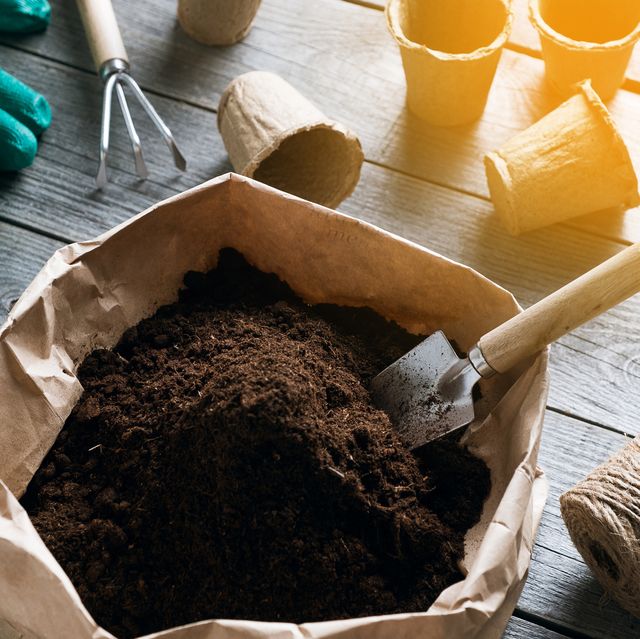
Exploring the Best Potting Soil for Indoor Plants
Understanding the Importance of Potting Soil
When it comes to indoor plant care, the type of potting soil you use can make a significant difference in the health and vitality of your plants. Potting soil serves as the foundation for your plants’ root systems, providing essential nutrients, moisture retention, and aeration. Choosing the right potting soil is crucial for promoting healthy growth and preventing issues such as root rot and nutrient deficiencies.
Key Components of Quality Potting Soil
Quality potting soil for indoor plants typically consists of a blend of organic materials such as peat moss, perlite, vermiculite, and compost. These components work together to provide a well-balanced growing medium that promotes healthy root development and optimal plant growth. Look for potting soils labeled specifically for indoor use, as they are formulated to meet the unique needs of indoor plants.
Moisture Retention and Drainage
One of the most critical factors to consider when choosing potting soil for indoor plants is its ability to retain moisture while also providing adequate drainage. Too much moisture can lead to root rot and other fungal diseases, while insufficient drainage can cause waterlogged soil and suffocate plant roots. Look for potting soil blends that strike the right balance between moisture retention and drainage to ensure optimal growing conditions for your indoor plants.
Nutrient Content and Fertilization
Potting soil plays a vital role in supplying essential nutrients to your indoor plants. Quality potting soils are typically enriched with a balanced blend of macronutrients (such as nitrogen, phosphorus, and potassium) and micronutrients (such as calcium, magnesium, and iron) to support healthy growth and development. Additionally, some potting soils may contain slow-release fertilizers or organic amendments to provide ongoing nourishment to your plants.
Choosing the Right Potting Soil for Your Plants
When selecting potting soil for your indoor plants, consider factors such as the specific needs of your plant species, your watering habits, and the environmental conditions in your home. For example, plants that prefer well-draining soil, such as succulents and cacti, will benefit from a gritty potting mix with added perlite or sand. In contrast, moisture-loving plants like ferns and peace lilies may thrive in a peat-based potting mix with higher water retention.
Avoiding Common Pitfalls
While choosing the best potting soil is essential for indoor plant health, there are some common pitfalls to avoid. Avoid using garden soil or topsoil for indoor plants, as these can be too heavy and may contain pests, pathogens, or weed seeds. Additionally, be cautious of potting soils labeled as “moisture control” or “water retention,” as these may be too water-retentive for many indoor plants and can lead to overwatering.
Maintaining Healthy Soil
Once you’ve chosen the best potting soil for your indoor plants, proper maintenance is key to keeping it healthy and productive. Regularly monitor soil moisture levels and adjust your watering schedule as needed to prevent under- or overwatering. Additionally, consider repotting your plants every 1-2 years to refresh the potting soil and provide ample space for root growth.
Conclusion
In conclusion, choosing the best potting soil for your indoor plants is essential for promoting healthy growth and vitality. By understanding the key components of quality potting soil, considering the specific needs of your plants, and avoiding common pitfalls, you can create an optimal growing environment for your indoor garden. With the right potting soil and proper care, your indoor plants will thrive and bring beauty and life to your home. Read more about best potting soil for indoor plants
